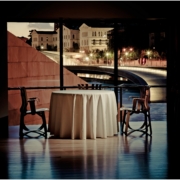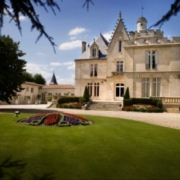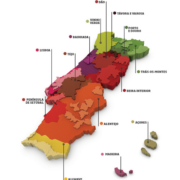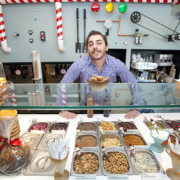What is Nouvelle Cuisine?
Nouvelle Cuisine, when mentioned, brings thoughts of small plates of food that many feel will see you leaving a restaurant with a lot less money and a lot more hunger than when you went in!!! But, is this true? What is sure, is that this French revolution has spread all over the World but, is Nouvelle Cuisine for everyone ? for the Gourmands? or just for the Gourmets? or is it a chance for a personal culinary experience that will excite the tastebuds and leave memories for a lifetime?
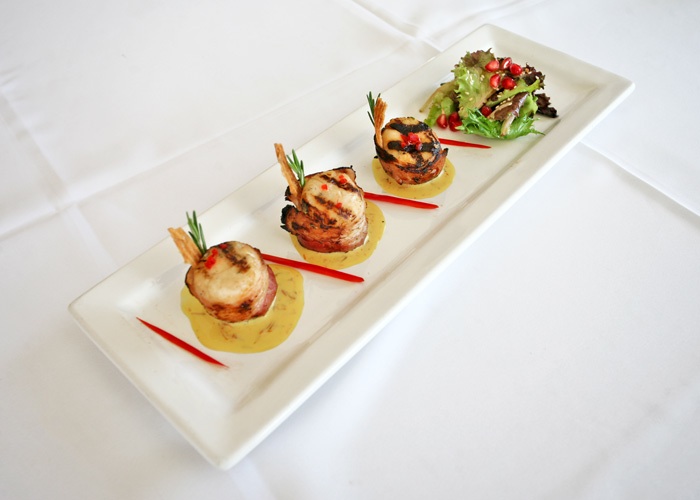
The term “nouvelle cuisine” has been used several times in the history of French cuisine, to mark a break with the past, with tradition. In the 1700’s several French writers emphasized this break with tradition, calling the new cooking style “modern” or “new”. In the 1880s and 1890s, the cooking of Georges Auguste Escoffier was sometimes described with the term.
Today, the French term “Nouvelle Cuisine” is attributed to authors Henri Gault, Christian Millau, and André Gayot,who used nouvelle cuisine to describe the cooking of Paul Bocuse, Alain Chapel, Jean and Pierre Troisgros, Michel Guérard, Roger Vergé, and Raymond Oliver, many of whom were once students of Fernand Point. Paul Bocuse claimed that Gault first used the term to describe the food that he prepared, along with other top chefs, for the maiden flight of Concorde in 1969.
The style that Gault and Millau wrote about was a reaction to the French cuisine classique placed into “orthodoxy” by Escoffier. Calling for greater simplicity and elegance in creating dishes, nouvelle cuisine is not cuisine minceur (“thin cooking”), which was created by Michel Guérard as spa food. It is thought that World War II was a significant contributor in the creation of the phenonenom of nouvelle cuisine, as there was a short supply of animal protein during the German occupation hence the need to experiment.
Gault and Millau “discovered the formula” contained in ten characteristics of this new style of cooking. The ten characteristics of “Nouvelle Cuisine” were identified as:
- A rejection of excessive complication in cooking.
- Cooking times for most fish, seafood, game birds, veal, green vegetables and pâtés were greatly reduced in an attempt to preserve the natural flavors. Steaming was an important trend from this characteristic.
- The cuisine was made with the freshest possible ingredients.
- Large menus were abandoned in favor of shorter menus.
- Strong marinades for meat and game ceased to be used.
- They stopped using heavy sauces such as espagnole and béchamel in favor of seasoning their dishes with fresh herbs, high quality butter, lemon juice, and vinegar.
- They used regional dishes for inspiration instead of cuisine classique dishes.
- New techniques were embraced and modern equipment was often used; Bocuse even used microwave ovens.
- The chefs paid close attention to the dietary needs of their guests through their dishes.
- The chefs were extremely inventive and created new combinations and pairings
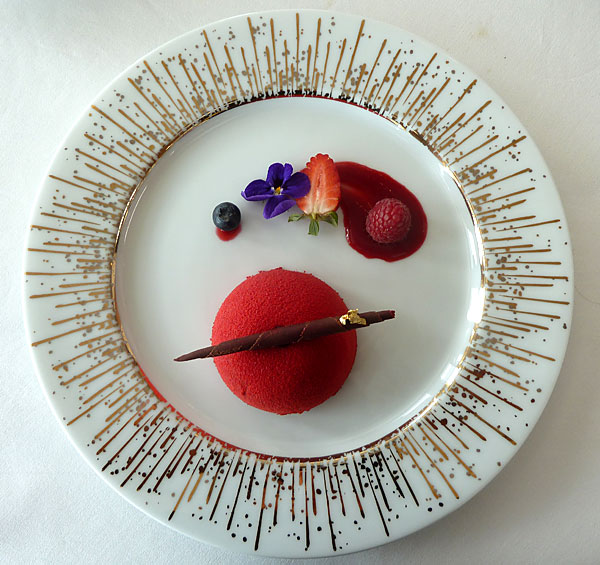
Today Nouvelle Cuisine is Worldwide and plays a part in many kitchens. It is an art, a science, an explosion of sensation and a treat for the tastebuds that has foodies and the general public alike craving the escapism that it provides from everyday life.
Join us on a Gourmet Private tour of Spain and/or Portugal to escape into a Gourmet World of sublime enjoyment.

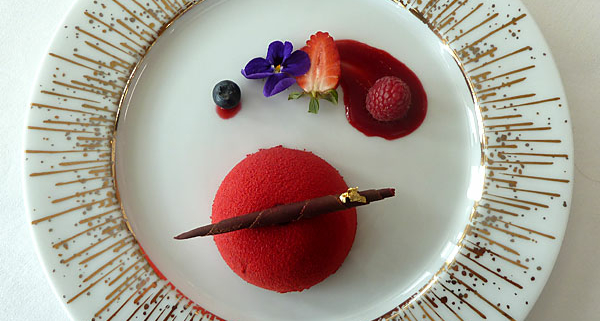
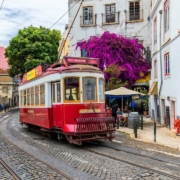 LUXURY LISBON GETAWAY
LUXURY LISBON GETAWAY
